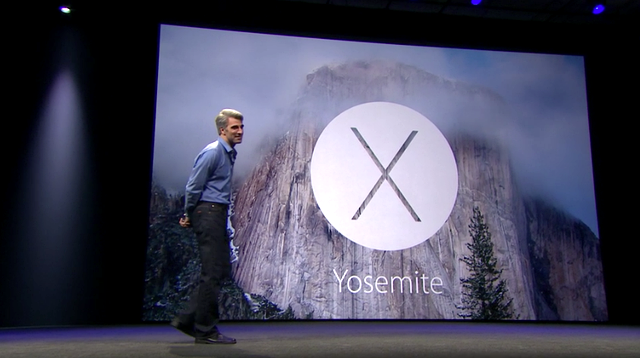
Usb Installer Bootable Os X Yosemite 10.10.5 For Mac
Find the appropriate download link in the upgrade instructions for each macOS version:, or Installers for each of these macOS versions download directly to your Applications folder as an app named Install macOS Catalina, Install macOS Mojave, or Install macOS High Sierra. If the installer opens after downloading, quit it without continuing installation. Important: To get the correct installer, download from a Mac that is using, or El Capitan 10.11.6. Enterprise administrators, please download from Apple, not a locally hosted software-update server.El Capitan downloads as a disk image. On a Mac that is compatible with El Capitan, open the disk image and run the installer within, named InstallMacOSX.pkg. It installs an app named Install OS X El Capitan into your Applications folder. You will create the bootable installer from this app, not from the disk image or.pkg installer. Connect the USB flash drive or other volume that you're using for the bootable installer.
Make sure that it has at least 12GB of available storage and is. Open Terminal, which is in the Utilities folder of your Applications folder. Type or paste one of the following commands in Terminal. These assume that the installer is still in your Applications folder, and MyVolume is the name of the USB flash drive or other volume you're using. Jre 11 download. After, follow these steps to use it:.
There are times when you may want to avoid using App Store or the built-in recovery mode to install OS X 10.10 Yosemite. So, Apple continues to give you the option of creating a bootable USB drive.
Plug the bootable installer into a. Use Startup Manager or Startup Disk preferences to select the bootable installer as the startup disk, then start up from it. Your Mac will start up to.Learn about, including what to do. Choose your language, if prompted. A bootable installer doesn't download macOS from the Internet, but it does require the Internet to get information specific to your Mac model, such as firmware updates.

If you need to connect to a Wi-Fi network, use the Wi-Fi menu in the menu bar. Select Install macOS (or Install OS X) from the Utilities window, then click Continue and follow the onscreen instructions. For more information about the createinstallmedia command and the arguments that you can use with it, make sure that the macOS installer is in your Applications folder, then enter this path in Terminal:Catalina: /Applications/Install macOS Catalina.app/Contents/Resources/createinstallmediaMojave: /Applications/Install macOS Mojave.app/Contents/Resources/createinstallmediaHigh Sierra: /Applications/Install macOS High Sierra.app/Contents/Resources/createinstallmediaEl Capitan: /Applications/Install OS X El Capitan.app/Contents/Resources/createinstallmedia.